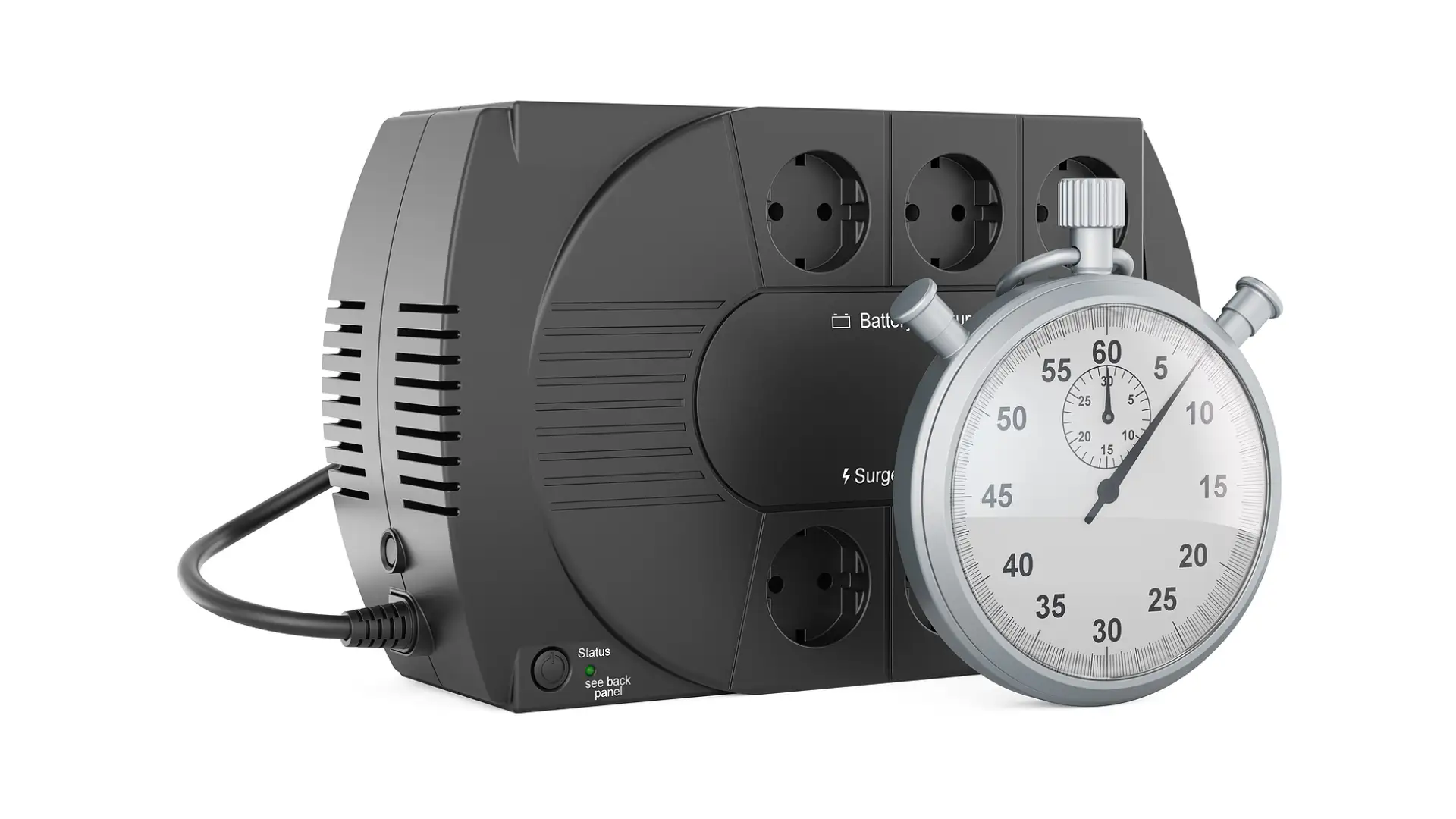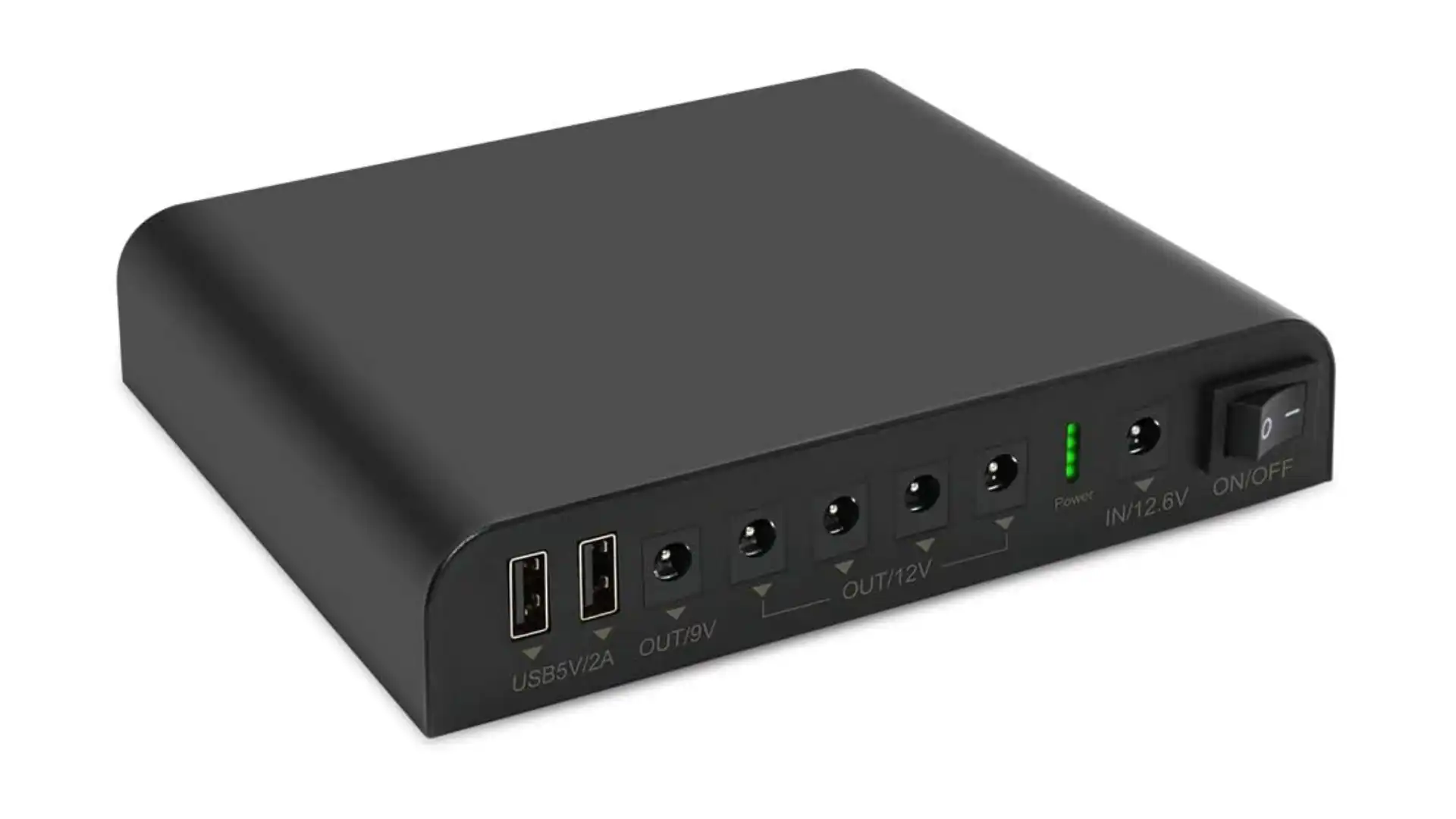
Portable Uninterruptible Power Supply
In today's fast-paced world, where technology is at the core of our daily activities, the demand for consistent and reliable power sources has become more crucial than ever. A Portable Uninterruptible Power Supply (UPS) is a game-changer for both individuals and businesses, ensuring that electronic devices remain operational during power outages or fluctuations.
This comprehensive guide delves into the intricacies of Portable Uninterruptible Power Supplies, showcasing their importance, functionality, types, selection criteria, and maintenance tips. By the end of this article, you'll be well-equipped with the knowledge to choose and manage a Portable Uninterruptible Power Supply effectively.
What is Portable Uninterruptible Power Supplies
A Portable Uninterruptible Power Supply is an essential device designed to provide temporary power to your electronic devices during a power outage.
Unlike stationary UPS systems, portable models offer the flexibility to be moved as needed, making them ideal for remote work settings, outdoor events, and emergency power backup for critical devices.
Understanding How It Works
The core functionality of a Portable Uninterruptible Power Supply lies in its ability to switch instantly to battery power when it detects a power interruption.
This seamless transition ensures that connected devices continue to operate without any disruption.
The battery capacity of a Portable Uninterruptible Power Supply dictates the duration for which it can support connected devices, making it a crucial aspect to consider when choosing a UPS.
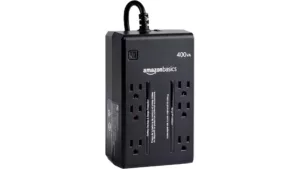
Types of Portable Uninterruptible Power Supplies
There are several types of Portable Uninterruptible Power Supplies available in the market, each designed to cater to specific needs and applications:
- Standby UPS: Ideal for home and small office use, providing basic power protection.
- Line-Interactive UPS: Offers enhanced voltage regulation features, making it suitable for areas with frequent power fluctuations.
- Double-Conversion (Online) UPS: Provides the highest level of protection by continuously running devices on battery power, perfect for sensitive electronic equipment.
Understanding the differences between these types will help you make an informed decision based on your specific power backup needs.
Choosing the Right Portable Uninterruptible Power Supply
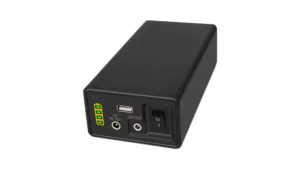
Selecting the appropriate Portable Uninterruptible Power Supply requires careful consideration of several factors:
- Power Capacity: Calculate the total wattage of all devices you plan to connect to the UPS. This calculation will guide you in selecting a UPS with enough capacity to support your equipment during an outage. Remember to consider not just immediate needs but also any potential future requirements.
- Battery Life: The duration you need your UPS to keep devices running is crucial. Evaluate the battery life of potential UPS units to ensure they meet your minimum runtime requirements during power outages. Look for models with extended battery modules if you need longer backup times.
- Connectivity Options: Check for the quantity and type of outlets provided. Ensure there are enough for your devices and that they match the plugs of your equipment. Also, consider if you need any special connections, such as USB or Ethernet ports, for additional functionality.
- Portability: A key advantage of a Portable UPS is its ease of transportation. Assess the size and weight of the UPS to ensure it matches your mobility needs. Lightweight and compact designs are preferable for frequent movement, though this should not lead to sacrifices in power capacity or durability.
- Extra Features:
- Surge Protection: This is essential for protecting your devices against voltage spikes. A UPS with integrated surge protection offers an extra layer of security for your electronic equipment.
- USB Charging Ports: For added convenience, some UPS models include USB ports for charging mobile devices directly from the UPS, even during power outages.
- Software Integration: Advanced UPS models may offer software that enables you to monitor and manage power settings from your computer. This can be particularly useful for data logging, receiving alerts, and automatically shutting down computers safely in case of extended power outages.
- Noise Level: Consider the operational noise of the UPS, especially if it will be used in quiet environments like home offices or bedrooms. Look for units with low-noise or silent operation features.
- Environmental Friendliness: Some UPS models are designed with eco-friendly operations in mind, such as energy-saving modes that reduce power consumption when devices are not in use or when the battery is fully charged.
- Warranty and Support: The warranty period and the quality of customer support provided by the manufacturer can offer peace of mind and protection for your investment. Look for UPS units with a robust warranty and responsive support services to help you with setup, maintenance, and any issues that may arise.
- Price vs. Quality: While budget is an important consideration, the cheapest option may not always provide the best value in the long run. Evaluate the features, build quality, and reliability of the UPS against its cost to ensure you're making a cost-effective decision.
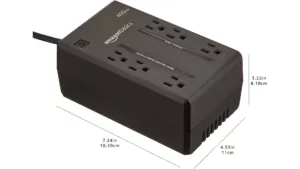
The Importance of Portable Uninterruptible Power Supplies
In an era where data loss can lead to significant financial or informational losses, ensuring the continuity of power to critical devices is paramount.
A Portable Uninterruptible Power Supply not only safeguards against data loss but also protects devices from power surges and spikes, which can cause irreversible damage.
Maintenance and Care
Ensuring your Portable Uninterruptible Power Supply remains in top condition involves a series of maintenance and care steps. Here's a comprehensive list to guide you:
- Battery Replacement: Monitor the battery's health and replace it as per the manufacturer's guidelines. A failing battery can significantly reduce the effectiveness of your UPS.
- Firmware Updates: Keep the UPS firmware updated to improve its functionality and compatibility. Manufacturers often release updates to enhance performance or add new features.
- Physical Inspection: Conduct regular checks for any signs of wear, damage, or overheating. Pay special attention to power cords and connections to prevent electrical hazards.
- Clean Regularly: Dust and debris can accumulate inside your UPS, potentially affecting its performance. Use a blower or a soft cloth to keep it clean, making sure to follow the manufacturer's instructions to avoid damage.
- Environment Check: Ensure your UPS is located in a well-ventilated, dry area to avoid overheating and moisture damage. Temperature and humidity can impact battery life and UPS efficiency.
- Test Regularly: Perform regular tests on your UPS to ensure it switches to battery mode smoothly when needed. These tests can help identify any issues early on.
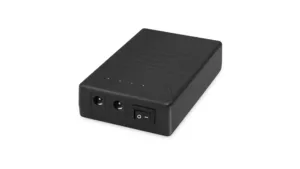
FAQs: Portable Uninterruptible Power Supplies
What is a Portable Uninterruptible Power Supply (UPS)?
A Portable Uninterruptible Power Supply is a device designed to provide emergency power to your electronic devices immediately after detecting a power failure. Its portability allows it to be easily moved to wherever backup power is needed, ensuring uninterrupted operation of connected devices during power outages.
How does a Portable UPS differ from a standard UPS?
The primary difference lies in their mobility. Portable UPS systems are designed to be lightweight and easy to transport, making them ideal for mobile offices, outdoor events, and situations where backup power is needed on the go. Standard UPS systems are typically larger and meant for stationary use, providing backup power to devices in a fixed location.
Can a Portable UPS power all types of electronic devices?
A Portable UPS can power a wide range of electronic devices, including computers, networking equipment, medical devices, and entertainment systems. However, the ability to power a device depends on the power capacity of the UPS and the power requirements of the device. It is important to check the wattage requirements of your devices before connecting them to a Portable UPS.
How long can a Portable UPS provide power?
The duration for which a Portable UPS can provide power varies based on its battery capacity and the total power draw of the connected devices. Smaller models may provide power for a few minutes, enough to safely shut down equipment, while larger models can offer power for several hours.
Is it possible to extend the runtime of a Portable UPS?
Yes, some Portable UPS models allow for battery expansion or external battery packs to extend runtime. This feature is especially useful in scenarios where prolonged power backup is needed. Be sure to check the specifications of your UPS to see if it supports such an expansion.
How do I maintain my Portable UPS?
Maintaining your Portable UPS involves regular checks and actions, including ensuring the battery is in good condition and replacing it as needed, keeping the firmware updated, and conducting physical inspections for any signs of damage or wear. Proper maintenance ensures your UPS remains reliable and extends its lifespan.
Can I use a Portable UPS as a permanent power solution for my devices?
While a Portable UPS provides crucial backup power during outages, it is not designed to serve as a permanent power solution. It should be used as a temporary power source to keep devices running until the main power supply is restored.
How do I choose the right Portable UPS for my needs?
Choosing the right Portable UPS involves assessing your power needs (total wattage of devices to be protected), desired runtime, portability requirements, and any additional features such as connectivity options or surge protection. It's important to select a UPS with sufficient capacity to support your critical devices during an outage.
Can I travel with a Portable UPS on an airplane?
Traveling with a Portable UPS on an airplane is subject to airline regulations and the size of the UPS's batteries. Most airlines have specific guidelines regarding the transportation of lithium batteries, which are commonly used in UPS systems. Always check with your airline before traveling with a Portable UPS.
Are Portable UPS systems environmentally friendly?
Portable UPS systems can be considered environmentally friendly in terms of providing efficient power backup and reducing the risk of equipment damage that could lead to waste. Additionally, some models feature eco-friendly batteries or energy-efficient modes to minimize power consumption and environmental impact.
Conclusion
A Portable Uninterruptible Power Supply is an indispensable tool for anyone looking to protect their electronic devices from power disruptions.
By understanding the types, selecting the right model, and adhering to maintenance best practices, you can ensure that your critical devices remain operational when you need them the most.
Embrace the security and convenience offered by a Portable Uninterruptible Power Supply, and never let a power outage disrupt your productivity or damage your valuable electronics again.
Source
https://www.energy.gov/femp/purchasing-energy-efficient-uninterruptible-power-supplies
continue reading
Related Posts
Uninterruptable Power Supplies In today's world, where technology keeps us […]
Uninterruptible Power Supply For Laptop In today's fast-paced digital world, […]
Small Uninterruptible Power Supply In today's digital age, where connectivity […]
